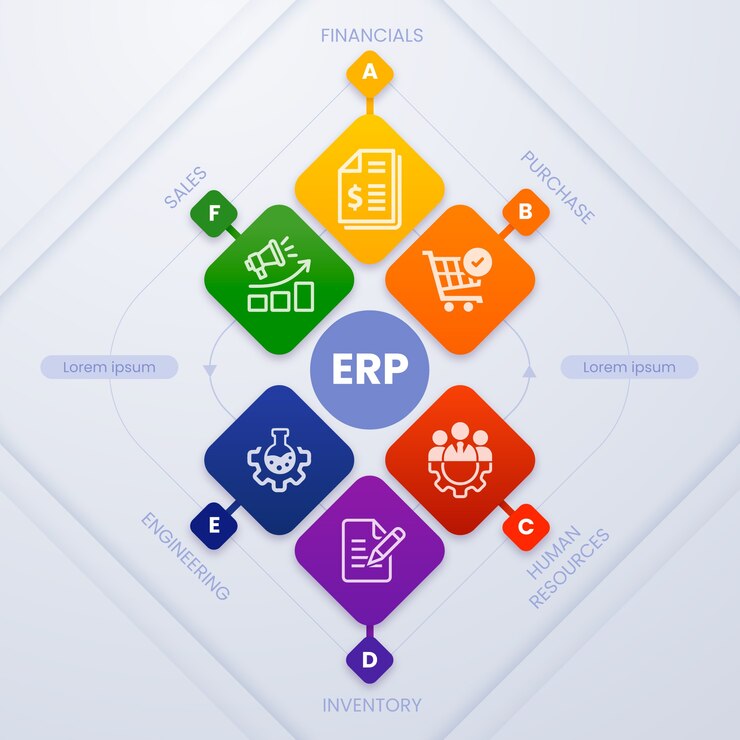Introduction
Buying a home is one of the most significant financial commitments in a person’s life. Whether you’re purchasing your first property or upgrading to a larger house, understanding the costs involved is crucial. With real estate prices steadily increasing and mortgage products growing more complex, homebuyers are seeking better tools to make informed decisions. Among the most effective resources available is the Mortgage Calculator—a digital tool that helps estimate monthly payments, interest costs, amortization schedules, and affordability thresholds.
However, to extract full value from a mortgage calculator, buyers must use it strategically. In this article, we present seven smart tips to help homebuyers leverage a mortgage calculator for smarter, more confident home-buying decisions. These tips apply regardless of your financial background or market experience, empowering you to take control of your housing choices.
Tip 1: Use a Mortgage Calculator to Understand Monthly Payment Scenarios
The most common use of a Mortgage Calculator is to determine your monthly mortgage payment. While the basic function may seem straightforward, it actually reveals important insights about your long-term financial obligations.
Key Inputs
-
Loan amount (purchase price minus down payment)
-
Interest rate (fixed or variable)
-
Loan term (typically 15, 20, or 30 years)
-
Property taxes
-
Homeowner’s insurance
-
Private mortgage insurance (PMI) if applicable
Strategy
Enter multiple scenarios by changing the interest rate and loan term. This allows you to compare how a 15-year mortgage differs from a 30-year option. You can also simulate rate changes to understand how fluctuations in the market affect your affordability. For example:
-
A 30-year loan at 5% interest may offer lower payments but higher total interest.
-
A 15-year loan at 4% interest can save thousands over time but requires higher monthly payments.
Benefit
You’ll understand what payment range aligns with your monthly budget and how those payments are allocated between principal and interest. A Mortgage Calculator becomes your lens into long-term cash flow and debt burden.
Tip 2: Analyze Total Interest Paid Over the Life of the Loan
One of the most overlooked features in mortgage calculations is the cumulative interest paid. It’s not just about the monthly cost; it’s about how much you’ll spend to borrow the money.
Strategy
Use the Mortgage Calculator to break down payments and display a full amortization table. This will show:
-
Each monthly payment amount
-
How much goes toward principal vs. interest
-
Remaining balance after each payment
-
Total interest cost over the life of the loan
Example
Borrowing $300,000 at 6% over 30 years results in:
-
Monthly payment: ~$1,800
-
Total interest paid: ~$347,000
This means you’ll spend more in interest than the original loan amount. By using a Mortgage Calculator, you can explore ways to reduce this burden—either by shortening the term or making extra payments.
Benefit
It sharpens your understanding of how loan structure affects overall cost and lets you strategize for a more financially efficient purchase.
Tip 3: Determine Affordability Before Engaging with Lenders
Too often, homebuyers apply for a mortgage without knowing what they can truly afford. Lenders may approve you for more than you’re comfortable spending, especially if you have a high income but variable expenses.
Strategy
Use a Mortgage Calculator to test various loan amounts, down payments, and monthly payment configurations based on your actual budget. Input:
-
Your current income
-
Monthly expenses (utilities, transportation, childcare, etc.)
-
Debt obligations (credit cards, car loans, student debt)
-
Emergency savings goals
The calculator can then show you how different home prices translate into monthly payments and help you identify your comfort zone.
Benefit
You make a purchasing decision based on real-world financial capacity—not just approval limits. That minimizes the risk of becoming “house poor” where all income goes into housing costs.
Tip 4: Account for Property Taxes and Insurance Early in the Process
Many first-time buyers focus only on the principal and interest component of their mortgage. In reality, your monthly payment also includes property taxes and homeowner’s insurance, which can be substantial.
Strategy
Find estimates for taxes and insurance based on the location and value of the home you’re targeting. Plug those into the Mortgage Calculator for a more accurate monthly cost. Some tools include default settings or local averages to simplify this process.
Example
-
Property taxes in urban centers may run $6,000 annually ($500/month)
-
Homeowner’s insurance might add another $100/month
-
Your real monthly payment is $1,600 (loan) + $600 (taxes & insurance) = $2,200
Benefit
You won’t be blindsided by hidden costs, and you’ll have a realistic sense of your mortgage commitment from day one.
Tip 5: Compare Mortgage Products Side-by-Side
Not all mortgages are created equal. Beyond the basic fixed vs. variable distinction, there are products with different terms, interest structures, and prepayment conditions.
Strategy
Use a Mortgage Calculator to simulate different loan types:
-
Fixed-rate for stability
-
Variable-rate for potential savings
-
Interest-only periods
-
Hybrid structures
Compare the monthly payments, total costs, and amortization outcomes. You can also test how rate changes affect variable-rate loans over time. Many calculators offer side-by-side comparison tools to assist with this.
Benefit
You gain insight into product advantages and disadvantages without relying solely on bank brochures or marketing materials. That means smarter decisions tailored to your risk tolerance and financial goals.
Tip 6: Explore the Impact of Extra Payments or Accelerated Schedules
A powerful use of a Mortgage Calculator is to model accelerated repayment strategies. By making extra payments toward your principal each month or year, you can significantly reduce interest costs and pay off your loan early.
Strategy
Use the extra payment function to explore:
-
One-time lump-sum payments (from bonuses or windfalls)
-
Monthly additional payments (even $100/month makes a difference)
-
Bi-weekly payment structures (26 half-payments per year instead of 12 full payments)
Example
Adding $200 per month to a 30-year loan can shave years off the term and reduce interest by tens of thousands.
Benefit
You can build a customized repayment plan that aligns with your long-term financial objectives. It transforms mortgage debt from a static obligation into a dynamic challenge you can overcome strategically.
Tip 7: Prepare for Mortgage Prequalification or Applications
Using a Mortgage Calculator before meeting with a bank or broker puts you in control. Rather than relying on them to define your budget, you come armed with facts, estimates, and strategic questions.
Strategy
Calculate:
-
Your target loan amount
-
Ideal monthly payment
-
Necessary down payment
-
Acceptable interest rate range
-
Debt-to-income ratio implications
Armed with these figures, you’ll be better equipped to:
-
Negotiate terms
-
Avoid unnecessary upselling
-
Ask about rate locks and penalties
-
Choose lenders whose products match your needs
Benefit
It shifts the power dynamic during mortgage applications. You’re an informed buyer—not just another applicant. That confidence can lead to better terms, fewer surprises, and an overall smoother home-buying experience.
Final Thoughts
The Mortgage Calculator is more than a digital tool—it’s a strategic resource for anyone seeking to make wise, informed home-buying choices. When used thoughtfully, it can guide budget planning, loan comparisons, repayment strategies, and risk assessments.
By applying the seven smart tips outlined in this article, Canadian and international homebuyers alike can minimize uncertainty, manage costs, and approach homeownership with clarity and control. Whether you’re working with a real estate agent, lender, or independently researching options, integrating a mortgage calculator into your toolkit is one of the smartest steps you can take on the road to purchasing your next home.






